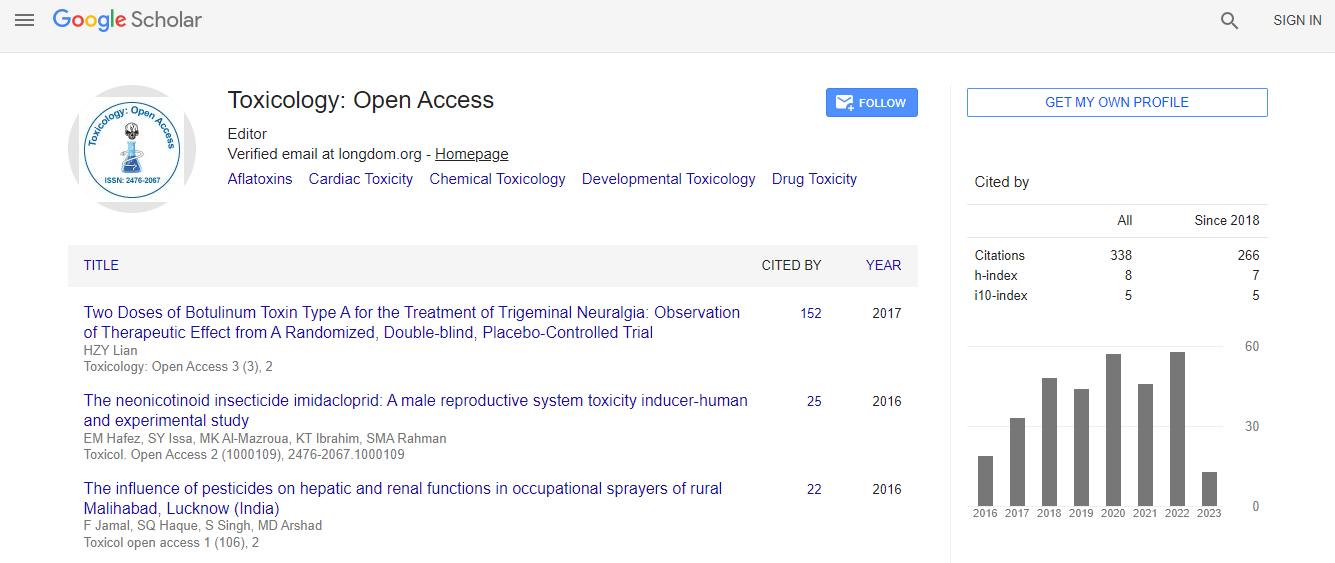Review Article
High Throughput Detection Methods for Multiplex Mycotoxins
Jianlin Li1*, Yang Deng1, Yan Liu1, Zhi Ding1, Yichen Li1, Yanhao Jin1, Xuerui Zhu1, Tingting Cai1, Tiesong Zheng1* and Wei Li2
1Department of Food Science and Engineering, Nanjing Normal University, Nanjing 210024, China
2Department of Electronic and Electrical Engineering, The University of Sheffield, Sheffield, S3 7HQ, United Kingdom
- *Corresponding Authors:
- Jianlin Li
Department of Food Science and Engineering
Nanjing Normal University, Nanjing 210024, China
Tel: +86 25 83598286
E-mail: jianlinli82003@aliyun.com
- Tiesong Zheng
Department of Food Science and Engineering
Nanjing Normal University, Nanjing 210024, China
E-mail: tieszheng@sina.com
Received Date: July 19, 2017; Accepted Date: August 17, 2017; Published Date: August 23, 2017
Citation: Li J, Deng Y, Liu Y, Ding Z, Li Y, et al. (2017) High Throughput Detection Methods for Multiplex Mycotoxins. Toxicol Open Access 3:131. doi: 10.4172/2476-2067.1000131
Copyright: © 2017 Li J, et al. This is an open-access article distributed under the terms of the creative commons attribution license, which permits unrestricted use,distribution, and reproduction in any medium, provided the original author and source are credited.
Abstract
Mycotoxins are toxic low-molecular-weight compounds which produced by the metabolism of certain fungi species. Due to their toxicity, chemistry stability, diversity and co-occurrence in agriculture products, it is urgently needed to develop the rapid, simple and effective detection technique methods to monitor and prevent mycotoxin contamination in whole food chain. This article gives a review about high throughput detection methods for multiplex mycotoxins which mainly includes chromatographic instrument techniques, microarray chip, suspension array, lateral flow biosensors, surface plasmon resonance (SPR) and nanoparticle-based biosensors. The advantages and disadvantages and the key steps of them have been discussed. The insight and evaluation of the technique progress were given, which would be helpful to further develop this filed.

 Spanish
Spanish  Chinese
Chinese  Russian
Russian  German
German  French
French  Japanese
Japanese  Portuguese
Portuguese  Hindi
Hindi 